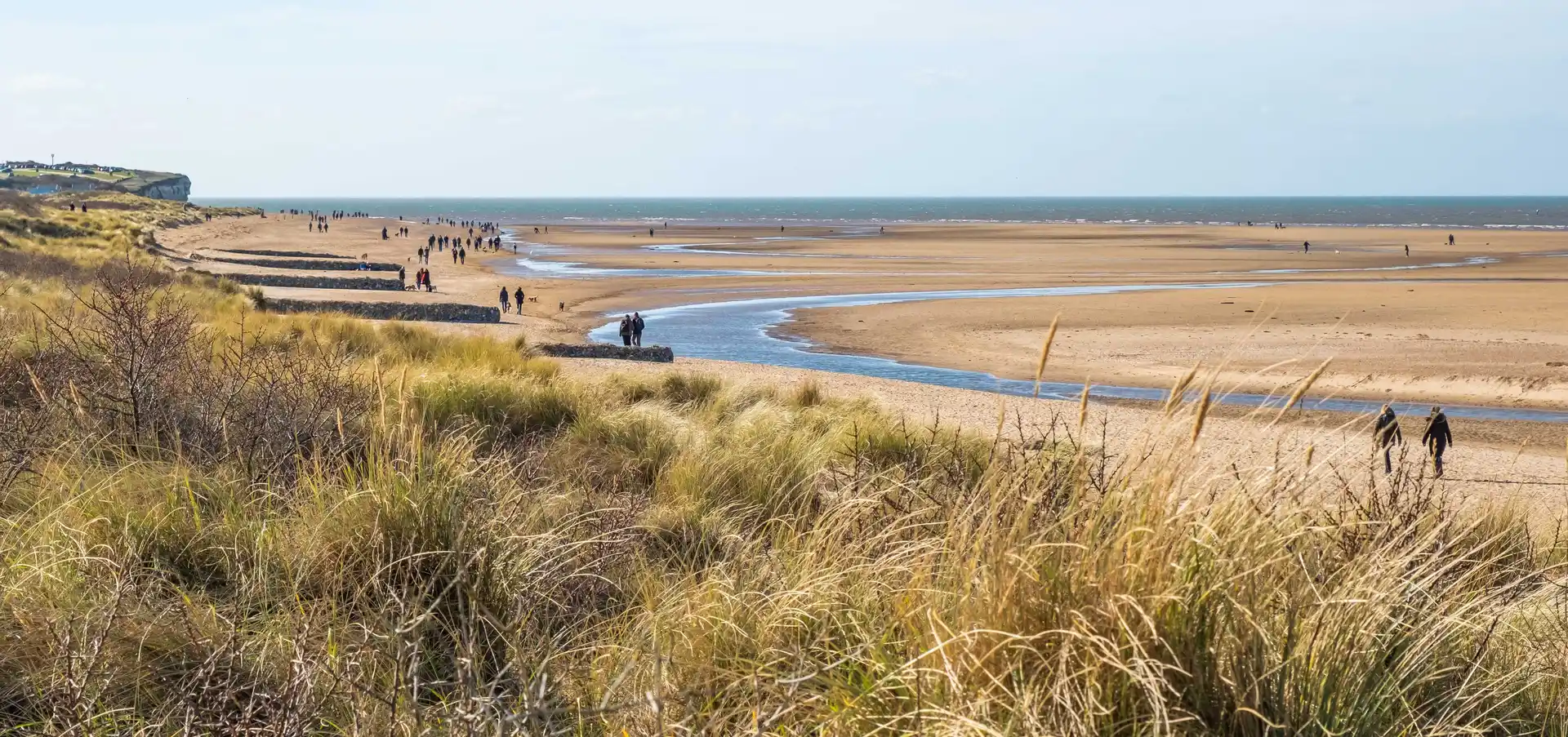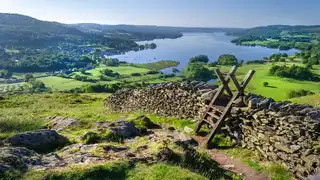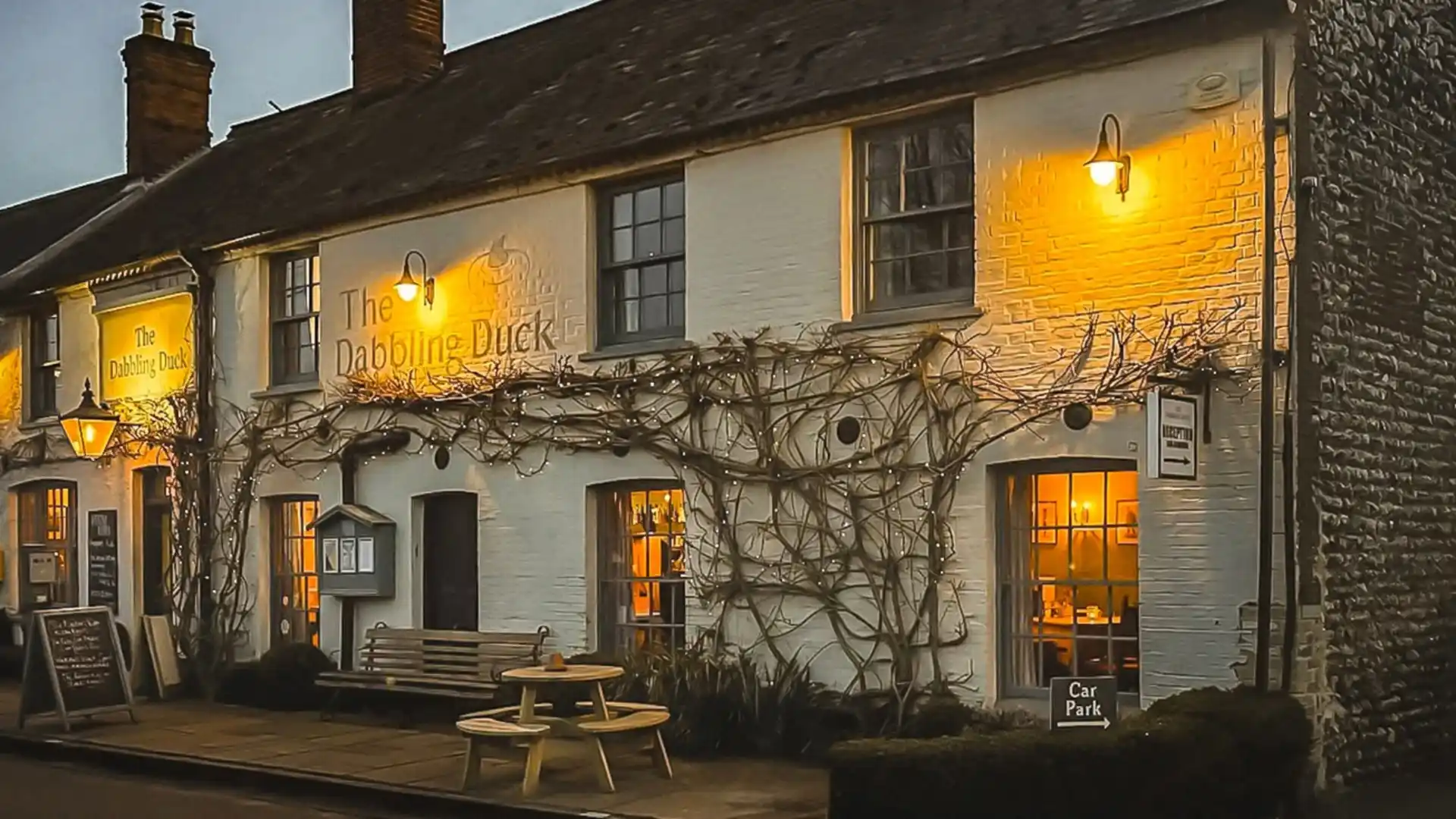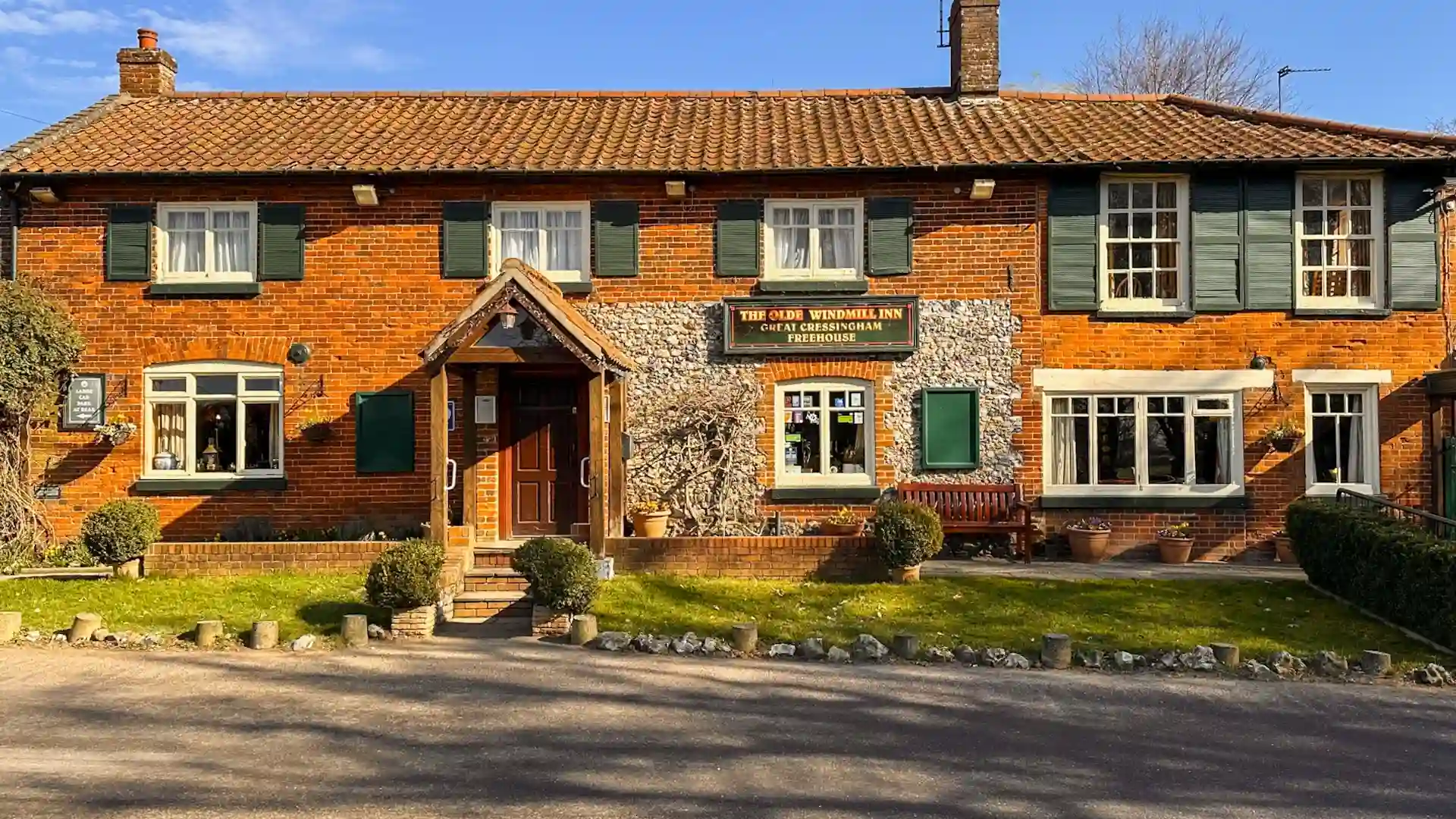

Where reed beds, tidal flats, and quiet lanes lead you into landscapes shaped by water, wind, and time.
Norfolk offers a unique kind of outdoor experience — spacious, subtle, and deeply connected to nature. It is a county shaped by wide skies and slow landscapes, ideal for walking holidays, gentle exploration, and nature-led travel. Along its northern and eastern shores, the Norfolk Coast opens onto sweeping saltmarshes, dunes, and low cliffs, while inland rivers wind through woodlands and floodplains, linking market towns, windmills, and wildlife reserves. Across the county, quiet lanes and scenic byways also make Norfolk well suited to relaxed cycling holidays, with welcoming villages never far apart.
This is a landscape of gentle gradients but remarkable depth. Whether you’re walking the Norfolk Coast Path, following Roman roads across the Brecks, kayaking the waterways of the Norfolk Broads National Park, or drifting between villages on two wheels, Norfolk invites stillness, observation, and a slower pace of travel. It’s a place where outdoor adventures feel immersive without being extreme, shaped more by light, water, and wildlife than by height or drama.
Much of the county lies within the Norfolk Broads National Park, one of the UK’s most distinctive wetland landscapes. Here, riverside paths and boardwalk trails pass windmills, reed beds, and wildlife hides alive with bitterns, kingfishers, and marsh harriers. The Broads offer a peaceful backdrop for self-guided exploration, with waterside routes, quiet moorings, and a wide choice of traditional inns, cottages, and riverside places to stay scattered along the network of rivers and footpaths.
A long-distance route combining inland heritage with coastal wilderness. The Peddars Way begins near Thetford, following a Roman track through farmland and heathland before joining the Norfolk Coast Path at Holme-next-the-Sea. From there, it curves past saltmarshes, dunes, and harbours through Wells-next-the-Sea, Blakeney, and Cley-next-the-Sea, creating one of England’s most atmospheric coastal journeys.
A 61-mile route from Great Yarmouth to Cromer, weaving through the Broads, farmland, and quiet villages. With easy gradients and timeless scenery, the Weavers’ Way captures the slower side of Norfolk, linking river valleys, windmills, and historic market towns along its length.
For shorter walks and gentle cycling, follow the Bure Valley Path from Aylsham to Wroxham, or explore one of the many boardwalk routes near Hickling, Ranworth, and Horning. These accessible trails offer close encounters with wetland landscapes, heritage railways, and some of the most tranquil corners of the Broads.




